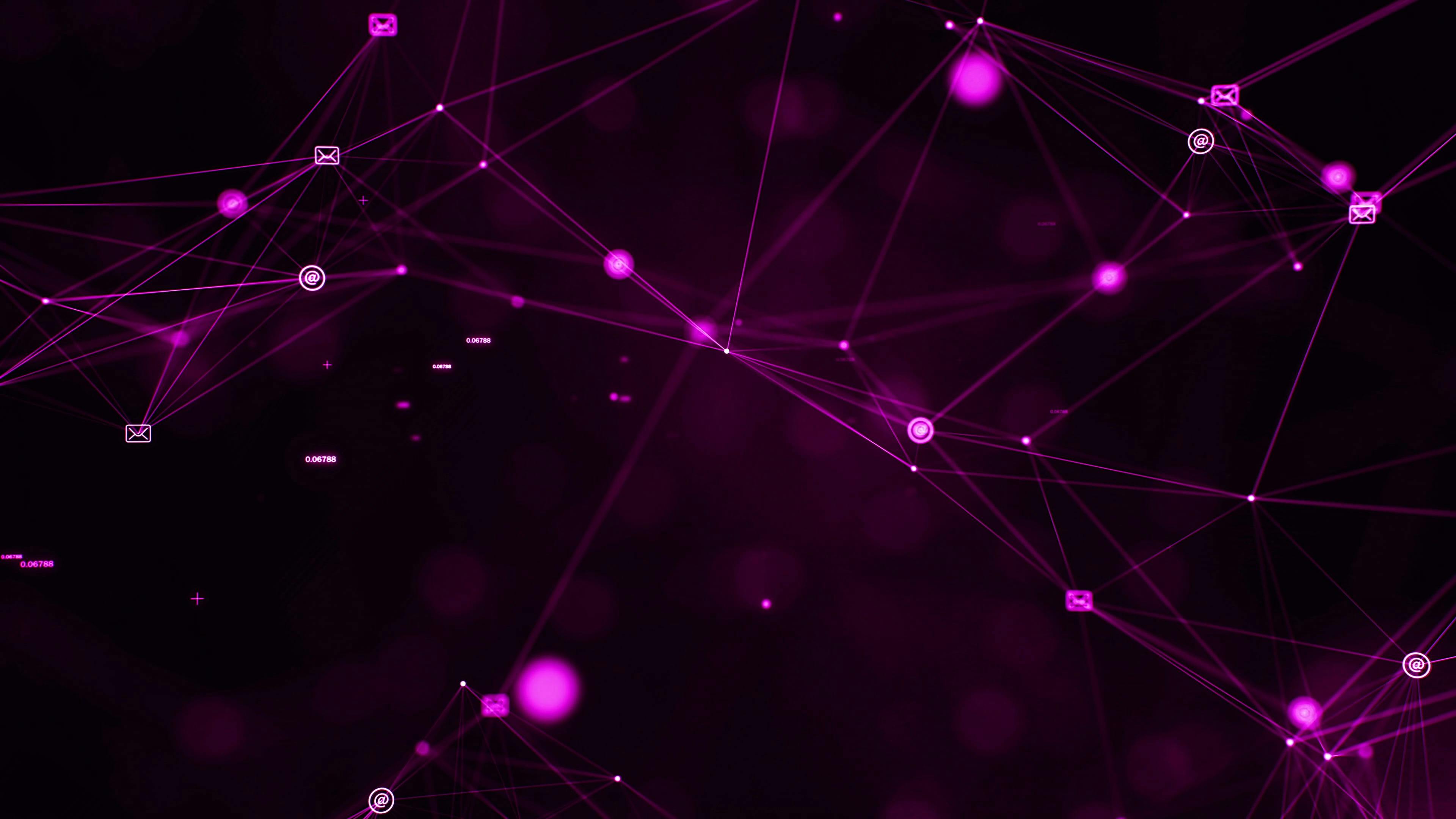Monday, Jan. 9, 2023 | 2 a.m.
Government funds are now flowing to bring broadband to unserved, rural communities. This includes my home state of Iowa, where one-third of our counties are still designated as “broadband deserts.”
By some calculations, nearly half a trillion federal dollars are being made available for broadband expansion nationwide. However, this unprecedented funding to bridge the digital divide may be squandered if our elected leaders and policymakers do not effectively target the funding to truly unserved areas. By using updated broadband maps and by addressing the needless delays and costs associated with pole access, progress can be achieved.
The Federal Communications Commission recently released the first draft of its new “National Broadband Map,” which replaces the previously collected census block-level data with specific location-level information about broadband services available down to individual homes and businesses. While this map provides a more accurate picture of broadband availability, FCC Chairwoman Jessica Rosenworcel acknowledges that it is “a first step in a long-term effort to continuously improve our data as consumers, providers and others share information with us.”
This new map may represent only a first step. Still, it is certainly a significant step toward achieving full connectivity in the United States. With additional input from consumers and industry stakeholders to ensure accuracy, broadband maps like those at the FCC will allow policymakers to target funding with far better precision to the currently unserved communities. Without this new data, dollars may flow to areas that already have access to high-speed internet, leading to wasteful overbuilding of already deployed broadband networks. The digital divide has persisted for too long in this country to engage in such overbuilding.
Further, to ensure that critical federal broadband funds are maximized for broadband expansion to unserved communities, we must also address a stubborn and often overlooked obstacle during broadband deployment — utility pole access.
Poles that line the roads and carry critical communications infrastructure across the country are typically owned by utility companies, municipalities and electric cooperatives. These poles represent the most cost-efficient and effective way to deliver high-speed broadband infrastructure to unserved communities, especially in the vast geographic expanse of rural America.
Internet service providers (ISPs) must receive permission from, and pay fees to, pole owners before attaching their broadband infrastructure. Because there is no streamlined, functional system governing access to these poles, disputes often arise over unreasonable costs for access.
This can dramatically lengthen the timeline of a project or even force providers to cancel their project plans altogether. In some extreme cases, pole owners use an ISP’s request to attach as an opportunity to have the ISP cover the entire cost of a new pole. As a result of these disputes, the deployment of broadband infrastructure is delayed (and costs increased), and millions of Americans remain without the benefits of access to reliable, high-speed internet.
Fortunately, under Rosenworcel’s leadership, the FCC is tackling this barrier to broadband deployment. In March, the commission launched a rulemaking process to explore ways to speed the resolution of pole disputes between ISPs and pole owners. Organizations from all across the political spectrum have submitted comments urging the FCC to take prompt action to address the costs and delays associated with utility pole attachments, replacements and disputes.
We have the incredible opportunity to close our nation’s digital divide and rural broadband gap — but only if we ensure deployment is targeted to communities that actually need connectivity and if we avoid careless spending that does not directly contribute to the overarching goal of broadband expansion.
Unconnected Americans should not have to wait any longer for access to reliable, high-speed internet. Accurate broadband maps and speedy pole access hold the key to changing our longstanding broadband deserts into vibrant, connected communities.
Patty Judge is a former lieutenant governor of Iowa and the co-founder of Focus on Rural America. She wrote this for InsideSources.com.
















